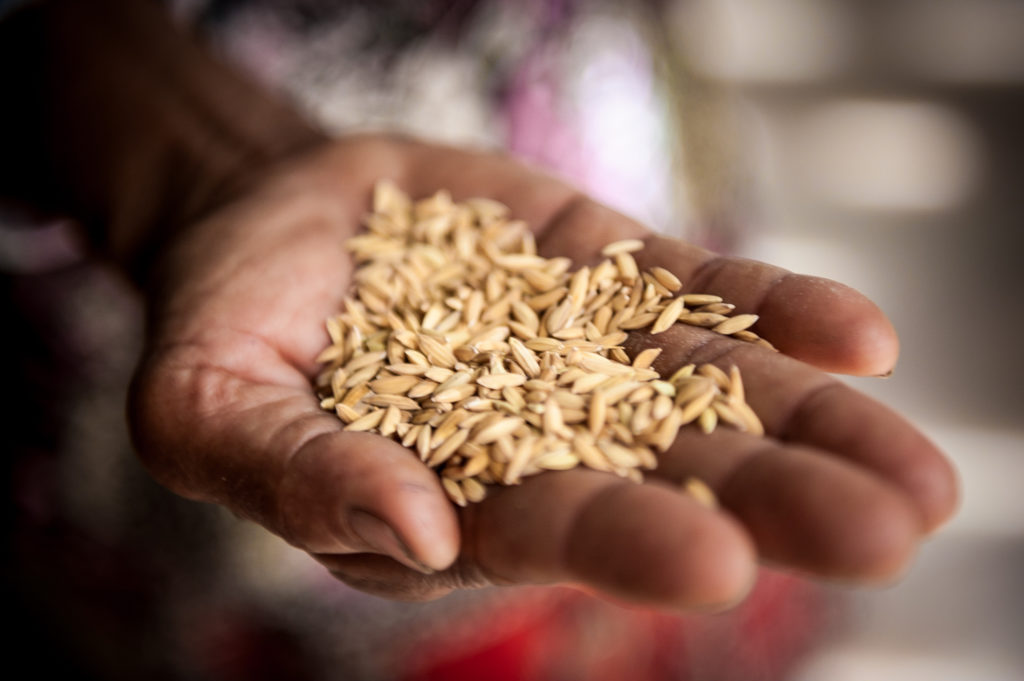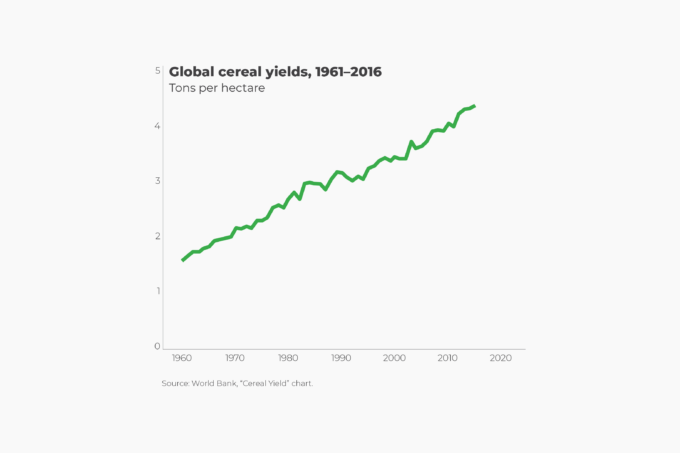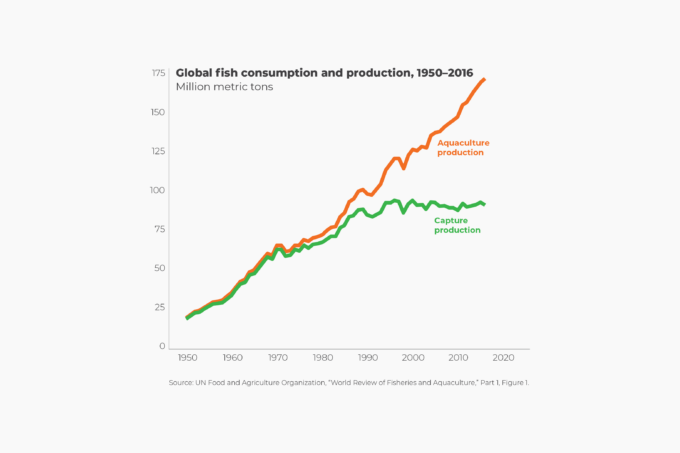According to the UN Food and Agriculture Organization (FAO), the prevalence of undernourishment in the world fell from 37 percent of the total population in 1969–1971 to 14.8 percent in 2000, reaching a low of 10.6 in 2015 before ticking up to 10.8 in 2018. The FAO defines the “prevalence of undernourishment” as “an estimate of the proportion of the population whose habitual food consumption is insufficient to provide the dietary energy levels that are required to maintain a normal active and healthy life.”
Famines caused by drought, floods, pests, and conflict have collapsed whole civilizations and killed hundreds of millions of people over the course of human history. In the 20th century, the biggest famines were caused by communist regimes in the Soviet Union and mainland China. Soviet dictator Josef Stalin’s famines killed up to 10 million people, and China’s despot Mao Zedong starved 45 million between 1958 and 1962.
In the 21st century, war and political violence are still major causes of hunger around the world. The outbreaks of conflict and insurgencies in countries like Afghanistan, Nigeria, Somalia, South Sudan, Syria, and Yemen are largely responsible for the recent uptick in the rate of global undernourishment. In other words, famines have disappeared outside of war zones. Much progress has been made, and the specter of famine no longer haunts the vast majority of humankind.








